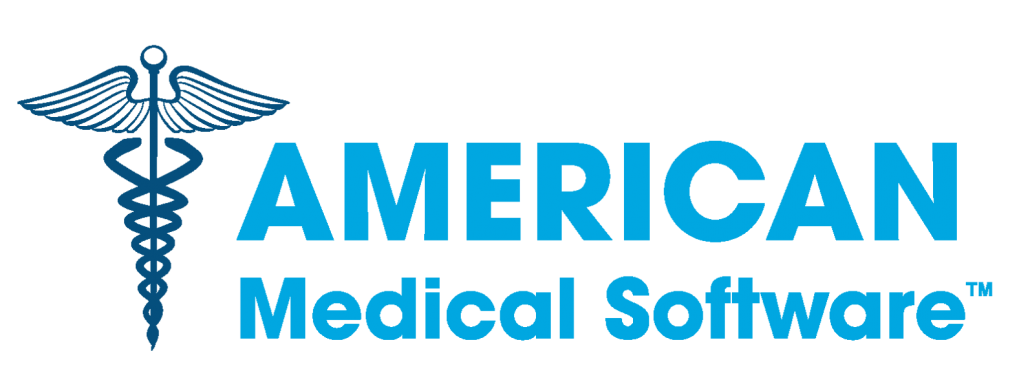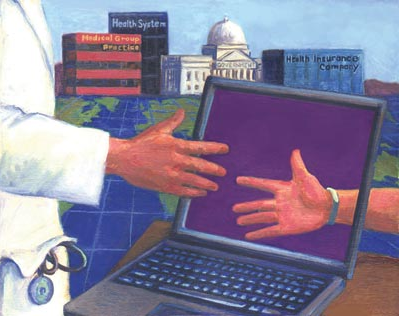Region’s Hospitals Aid Electronic-Records Push
Every hospital in central Ohio has signed up with a nonprofit group that will help doctors switch from paper to electronic health records.
The Central Ohio Health Information Exchange announced yesterday that Ohio State University Medical Center and Nationwide Children’s Hospital have joined OhioHealth and Mount Carmel Health in the effort.
In April 2010, then-Gov. Ted Strickland announced that the Central Ohio Health Information Exchange would receive $6 million in federal funds to help 1,352 primary-care physicians switch from paper to electronic health records.
The money is part of $28.5million in federal stimulus money the state received to help create an electronic health system. Seven groups across the state will help about 6,000 physicians make the switch.
“Basically, what (the exchange is) going to be doing is helping physicians that we are associated with achieve the federal government’s ‘meaningful-use’ standard,” said Phyllis Teater, chief information officer at OSU Medical Center.
In other words, the government standard measures cost savings and improvements to patient care.
“The importance lies in the efficiency gained,” said Matt Esker, the exchange’s director. “Part of that is helping the practice pick the right (electronic records system) for them and helping them to understand what is involved in the switch.”
Moving to an electronic system saves money by reducing duplicate testing and medical errors, he said.
“It’s very important from a clinical and a patient perspective, as well,” said Gil Peri, director of growth initiatives at Children’s Hospital. “It enables us to track outcomes and make good decisions based on transparent data and allows us to do so in a timely manner.”
The federal government allows physicians who use electronic records to apply for Medicare or Medicaid financial incentives, with funds topping out at $44,000 per physician for Medicare and $63,750 for Medicaid.
The information exchange helps physicians obtain this money, even if the physician has already made the switch to an electronic system.
“The physicians have to bear all the cost of the switch themselves, so if they get help applying for the incentives, it helps a lot,” Teater said.
Dr. Gregg Alexander, a physician in London, was the first Ohio doctor to receive an incentive payout with help from the information exchange. He began switching to electronic records in 2004.
“It was a long and slow process that we started by teaching our computer-illiterate staff to play solitaire,” Alexander said.
“The help that (the exchange) provides is phenomenal, especially for practices without a lot of computer literacy.”
Source: www.dispatch.com




Leave a Reply
Want to join the discussion?Feel free to contribute!